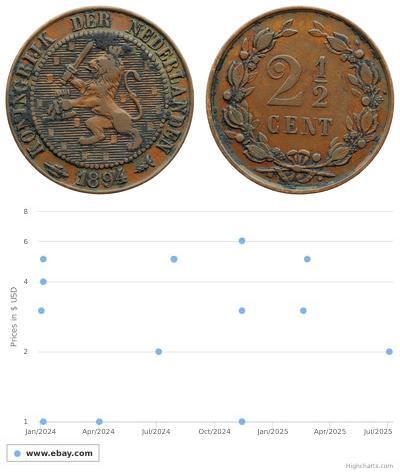[ 4109] AEMILIAN: 253 A.D. Silver Antoninianus (22mm, 3.45 gm.) Rome, 253 A.D. Reference: RIC 6; RSC 25; Sear5 9837. IMP AEMILIANVS PIVS FEL AVG, radiate, draped, & cuirassed bust right. MARTI PROPVGT, Mars standing left leaning on shield and holding spear. Provided with certificate of authenticity. CERTIFIED AUTHENTIC by Sergey Nechayev, PhD - Numismatic Expert Marcus Aemilius Aemilianus (Girba, c. 207/213 – Spoletium, 253), commonly known as Aemilian, was Roman Emperor for three months in 253.Commander of the Moesian troops, he obtained an important victory against the invading Goths and was, for this reason, acclaimed emperor by his army. He then moved quickly to Italy, where he defeated emperor Trebonianus Gallus, only to be killed by his own men when another general, Valerian, proclaimed himself emperor and moved against Aemilian with a larger army. Biography Origins and military career Aemilian was born in the Roman province of Africa. According to the 4th century source Epitome de Caesaribus, he was born at Girba (modern Djerba, an island off the coast of Tunisia) and was a Moor; a reference in the same source hints that he was born around 207. The 12th century historian Joannes Zonaras, who calls him a Libyan (that is, coming from western Egypt-eastern Libya) rather than a Moor, and another chronicle of the 13th century hold that he was forty at the time of his death in 253. As regards his lineage, there are two versions, both exaggerated: while Eutropius and his translator Paeanius probably defamate a failed usurper when they tell that he was from an insignificant family, John of Antioch may refer bits of Aemilian's propaganda when he tells that the usurper used his ancestry to take the power. Aemilian married Cornelia Supera, a woman of African origin; the year of their marriage is unknown, but being both from the same place, it is possible they married before Aemilian left Africa. During the reign of Trebonianus Gallus and his son Volusianus (251–253), Aemilian was sent to the Balkans to command an army. His primary responsibility was to assure peace along the Danube frontier, which had been subject to several attacks by the Goths led by king Cniva. Gallus secured the throne after the death of emperor Decius at the hands of Cniva in the battle of Abrittus (251), and later had to manage an outbreak of plague that devastated Rome. He was not popular with the army, mainly due to humiliating treaties signed in 251 with the Goths and King Shapur I of Persia who attacked Syria. According to John of Antioch, upon his appointment to the Moesian command, Aemilian was already envious of Gallus and plotted treachery against him. He was also an opponent of the Roman Senate; and his seditious plans are confirmed by Jerome and Jordanes. Victory against the Goths, overthrow of Gallus, short rule and death of Aemilian In 253 the Goths, led by king Cniva, protested not having received the tribute due by the Romans according to the treaty of 251 and crossed the border, attacking Cappadocia, Pessinus, and Ephesus; the opinion of modern historians is that this missing payment was not a change in Roman policy, and the Goths were more likely trying to capitalize on their military prowess. Aemilian had command of the army assigned to defend the area. However, the recent defeat at the battle of Abrittus put his troops on edge. Aemilian exhorted them, reminding them of Roman honour (according to Zosimus) and promising tribute from the Goths (according to Zonaras). The Romans took the Goths by surprise, killing most of them, followed by an invasion of their territory which resulted in booty and the liberation of prisoners. The Roman soldiers, gathered by Aemilian, acclaimed him Emperor. Jordanes claims, however, that Aemilian's troops plundered Roman territory, rather than keep the tribute of the Goths. With his few men, Aemilian could hardly wait for the legitimate emperor Gallus to gather his forces, so he left his ...
más ...
Similar Coin Groups

1 Denario Imperio romano (27BC-395) Plat ...
grupo tiene 21 monedas / 19 precios
Add coin to this group
2025-06-25
- Mejoras en el catálogo de monedas en línea / añadir monedas
11 coins were uploaded from 2025-06-18 to 2025-06-25
Una de ellas es:
2025-06-16
- Historical Coin Prices
Usted podría estar interesado en …





















